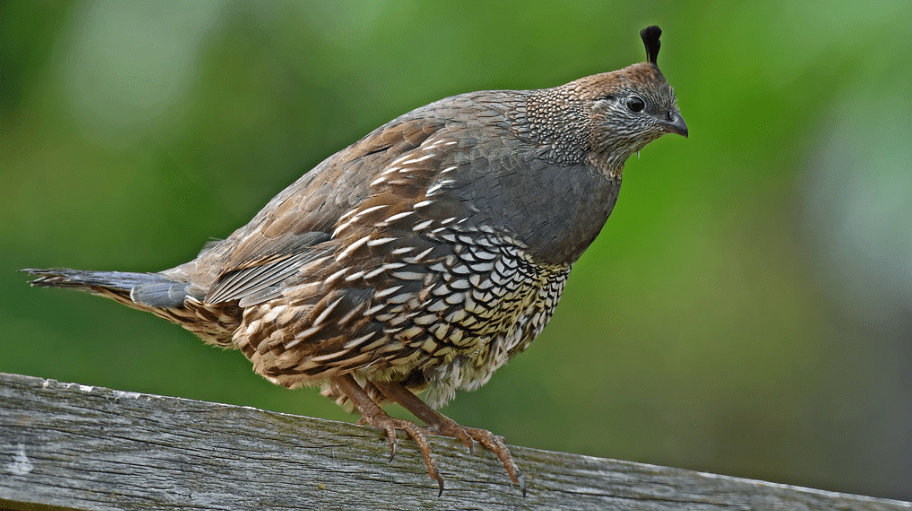
The Texas Parks and Wildlife Department issued this recent press release:
Bobwhite and scaled quail populations continue to battle against drought conditions across Texas as quail season opens statewide Oct. 29. This means hunting opportunities and success will vary throughout the state.
Texas Parks and Wildlife Department (TPWD) biologists completed their annual Quail Roadside Survey period in August, covering more than 3,300 road miles to gather data. Reports of habitat and range conditions ran the gamut for bobwhite quail, but a consistent thread was a decline in habitat quality going into late summer. Outside of a handful of counties in South Texas, bobwhites were few and far between.
“The lone bright spot again this year was the South Texas Plains, the only bobwhite region in the state to see an increase in recorded abundance,” said John McLaughlin, Upland Game Bird Program Leader for TPWD. “With a grain of salt, the number of bobwhites observed per route was up from 3.1 to 5.3, but still below the 15-year mean of 9.0. These numbers will provide some comfort to Texas hunters, but the statewide outlook, including the Rolling Plains, again points to tough sledding in 2022.”
However, widespread rainfall throughout August and September could impact bird populations. According to McLaughlin, it is possible this late season moisture will improve opportunities for late season nesting, but it is unknown how well the broods will fair and what their contributions will be to the fall populations.
Scaled quail are better evolved to withstand drought than bobwhites but nonetheless also rely on timely rainfall in the spring and late summer to grow populations. There is some room for hope for good hunting conditions in the Trans-Pecos region thanks to some timely rain this year.
“The foundation on which these populations are built are habitat and annual rainfall, and there are two storylines for scaled quail in 2022: the Trans-Pecos, and everywhere else,” said McLaughlin. “The Trans-Pecos continues to be our top producing ecoregion for blue quail and will be one of the few places in the state with room for optimism this hunting season. The benefactor of widely dispersed habitat and timely rainfall this year, the outlook for far West Texas is more promising.
Last year, we observed a decline in scaled quail populations in the Trans-Pecos but the birds that did survive were enough to propel us into the 2022 nesting season and provide a reproductive spark, added McLaughlin.
“The average number of quail observed per route was 13.1 this year, an increase from 4.3 in 2021,” said McLaughlin. “While still below our 15-year mean of 16.3, these results represent a shift in the right direction. Most other ecoregions experienced small gains or losses and were extensions of long-term trends.”
Unfortunately, hunting for northern bobwhite and scaled quail in other regions of the state could be a challenge. McLaughlin said a combination of low population numbers, variably poor habitat conditions and below-average rainfall has sunk populations into a hole which is proving hard to escape.
A regional breakdown of this year’s TPWD quail index survey for northern bobwhite and scaled quail, including highlights and prospects, is available online.
For county-specific regulations regarding upland game birds, along with information on means and methods, license requirements and more, consult the 2022-23 Outdoor Annual, which was made possible in part by support from Chevy Silverado. Hunters can download the free Outdoor Annual mobile app for iOS and Android.
The Texas Parks and Wildlife Foundation (TPWF), official nonprofit partner of TPWD, sponsors a quail conservation license plate to raise critical funding to enhance quail conservation efforts, including habitat, conservation and education. For just $30, anyone can put one of these conservation license plates on their vehicle, motorcycle or trailer. For every license plate purchased, $22 goes to TPWF to support quail conservation.